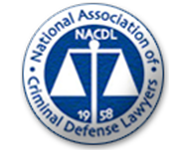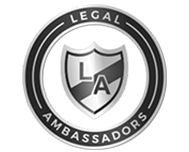Arraignments
After a defendant has been arrested, he will be scheduled for an arraignment. The defendant may have been released on bail or his own recognizance, or he may have been required to remain in jail until his arraignment. An arraignment is a proceeding whereby the offense that the defendant is charged with is read to him and he enters a plea to the offense charged. The defendant is also apprised of his right to:
DEADLY CONDUCT & TERRORISTIC THREATS
a person commits the offense of deadly conduct when he or she recklessly engages in conduct that places another person in imminent danger of serious bodily injury. This offense is a firearm offense. Examples of this offense are discharging a firearm at or in the direction of another person, into an occupied vehicle, or in a residential area. The person does not need to believe that the firearm was loaded in order to be guilty of this offense.
DISPENSING CONTROLLED SUBSTANCES
practitioner commits a criminal offense if he or she unlawfully dispenses a controlled substance. A practitioner is a physician, a dentist, a veterinarian, a pharmacist, or any other person who is permitted to use controlled substances in his or her profession. Dispensing is the transfer or delivery of a controlled substance by a practitioner.
HUNG JURY
A jury is required to render a unanimous verdict in a criminal trial. If the jury cannot reach a unanimous verdict, the jury is considered to be a hung jury. A trial court must declare a mistrial in the event of a hung jury.
MOTIONS IN ARREST OF JUDGMENT
When a defendant has been convicted of a criminal offense, the defendant may seek relief from his or her conviction by filing a motion in arrest of judgment. A motion in arrest of judgment suggests that the judgment has not been legally rendered. The motion may be oral or it may be in writing. Although the defendant may have a statutory right in some states to file the motion, the motion is seldom used and is rarely granted by a trial court.








